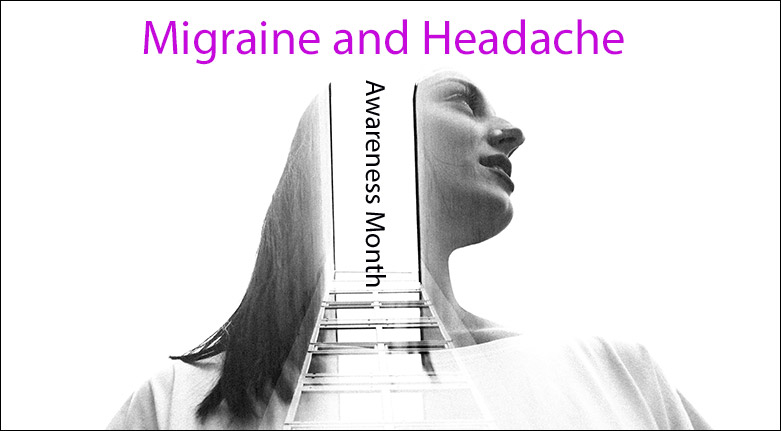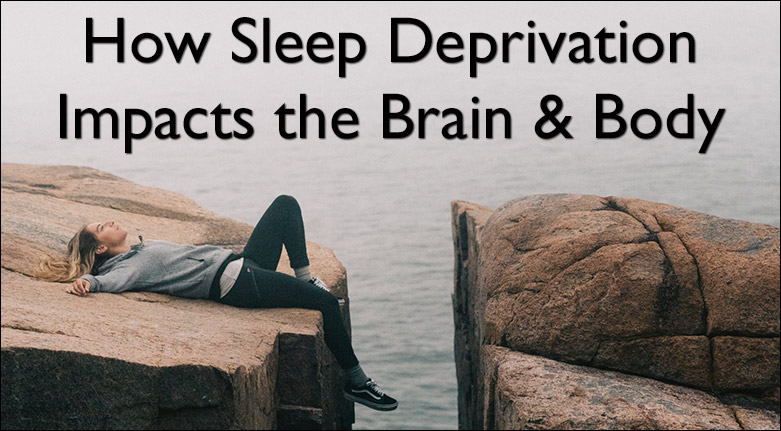June is National Headache and Migraine Awareness Month, and each year the migraine and headache communities work together to spread awareness of headache disorders.
The goal of this month is to continue working to recognize headache disorders as neurobiological diseases and provide further education on these disorders.
What exactly is a migraine and what treatment options are available? Let’s find out.
What is a Migraine?
A migraine isn’t just a bad headache. Those who experience migraines endure multiple hours or days of incapacitating neurological symptoms that include severe throbbing pain on one or both sides of the head.
There are multiple types of migraines that a person can experience, and many migraine sufferers experience the symptoms that change from attack to attack.
It was previously thought that migraines were caused by the constriction and dilation of blood vessels in the head, but now researchers believe that migraines are actually a type of neurological disorder.
As a result, the way to treat migraines has changed substantially in recent years.
4 Stages of Migraine Symptoms
Many individuals who experience migraines note that they progress through a number of stages. Not everyone experiences every stage, but common symptoms for each stage are as follows:
1. Prodrome Stage
The Prodrome Stage occurs in the one or two days before a migraine, sufferers may experience any number of subtle changes to their body or mood, like constipation, mood changes, stiffness in their neck, or yawning frequently.
2. Aura Stage
During the Aura Stage, Auras can happen immediately before or during a migraine, and are symptoms that affect the nervous system, like vision loss, difficulty speaking, hearing noises, weakness in the face, or pins and needs in limbs.
3. Attack Stage (Headache)
Untreated migraines can last from four to 72 hours, and may occur with an irregular frequency depending on the person.
During the Attack Stage, migraine headache symptoms include sensitivity to light or sound, nausea, and pain that pulses or throbs on one or both sides of the head.
4. Postdrome Stage
In the aftermath of a migraine, patients have reported feeling drained and confused during the Postdrome Stage. Some patients found that sudden movement of their head brought on brief moments of additional pain.
The Connection Between Migraines and Traumatic Brain Injuries
One of the most commonly reported symptoms after a person suffers a traumatic brain injury is headaches.
Nearly 50% of traumatic brain injuries (TBI) patients reported significant head pain, and 25% of these patients reported migraine-like symptoms after the initial injury.
These are referred to as Post Traumatic Headaches, and often present themselves like migraines.
The cause of these post-traumatic headaches depends on each individual case.
After a TBI, there may have been changes to the brain or neck that precipitated these symptoms, tension or stress, or injuries that may have not fully healed.
Treatment Options for Migraine Patients
The type of treatment that a patient receives for their migraines depends on a number of factors, and no treatment plan will be alike.
Doctors will consider how frequently the migraines happen, how severe they become, and how much they disable the patient during an attack.
Once they have a clear baseline of symptoms and timeline, they can then work to determine exactly what course of treatment will be the most effective.
A doctor might prescribe various pain medications or anti-nausea medications to help alleviate symptoms during an attack, as well as look into preventative treatments like anti-seizure drugs or botox injections.
The patient should also keep a migraine journal to track what sort of triggers might bring on a migraine attack so they can avoid them in the future.
Many people who experience migraines as the result of a TBI will self-medicate with drugs or alcohol to escape from the pain when prescription medications fail to provide relief. This can lead to addiction and it’s important to seek help before it spirals out of control.
Fortunately, recovery for traumatic brain injury and addiction is possible with the right type of help.
Join Us in Raising Awareness of Migraines in June
Throughout the rest of Migraine and Headache Awareness Month, the American Migraine Foundation will continue sharing resources that can help raise awareness of migraines and other headache disorders.
Consider getting involved with local migraine advocacy groups or making a donation to help fund research into migraine and other headache disorders so that the millions of Americans suffering from these disorders get the help that they deserve.







